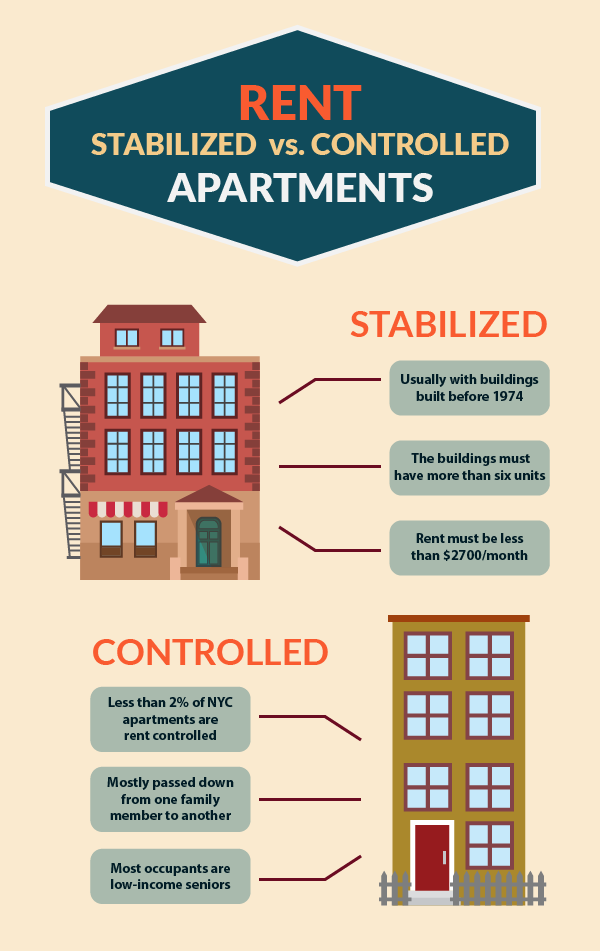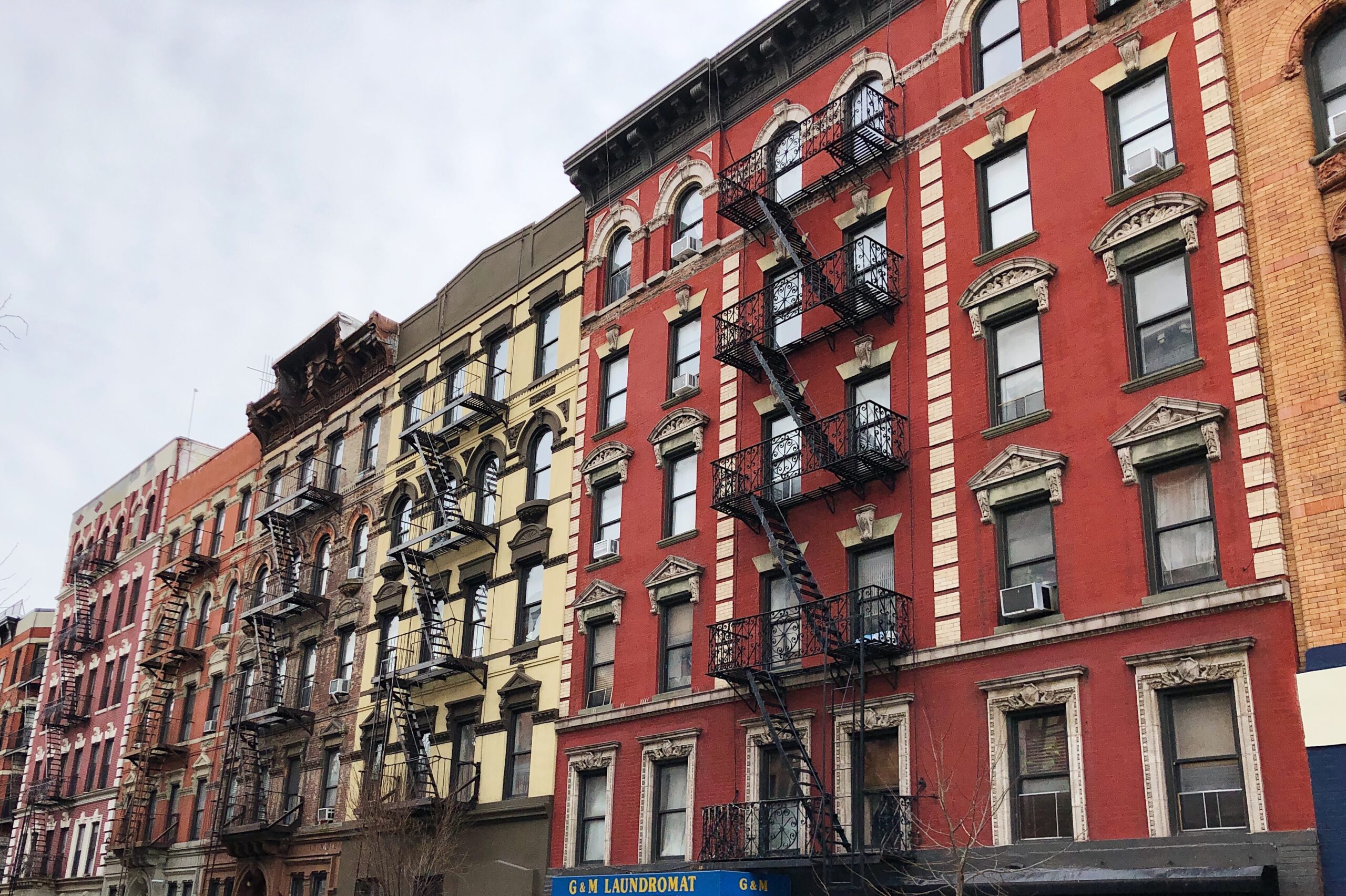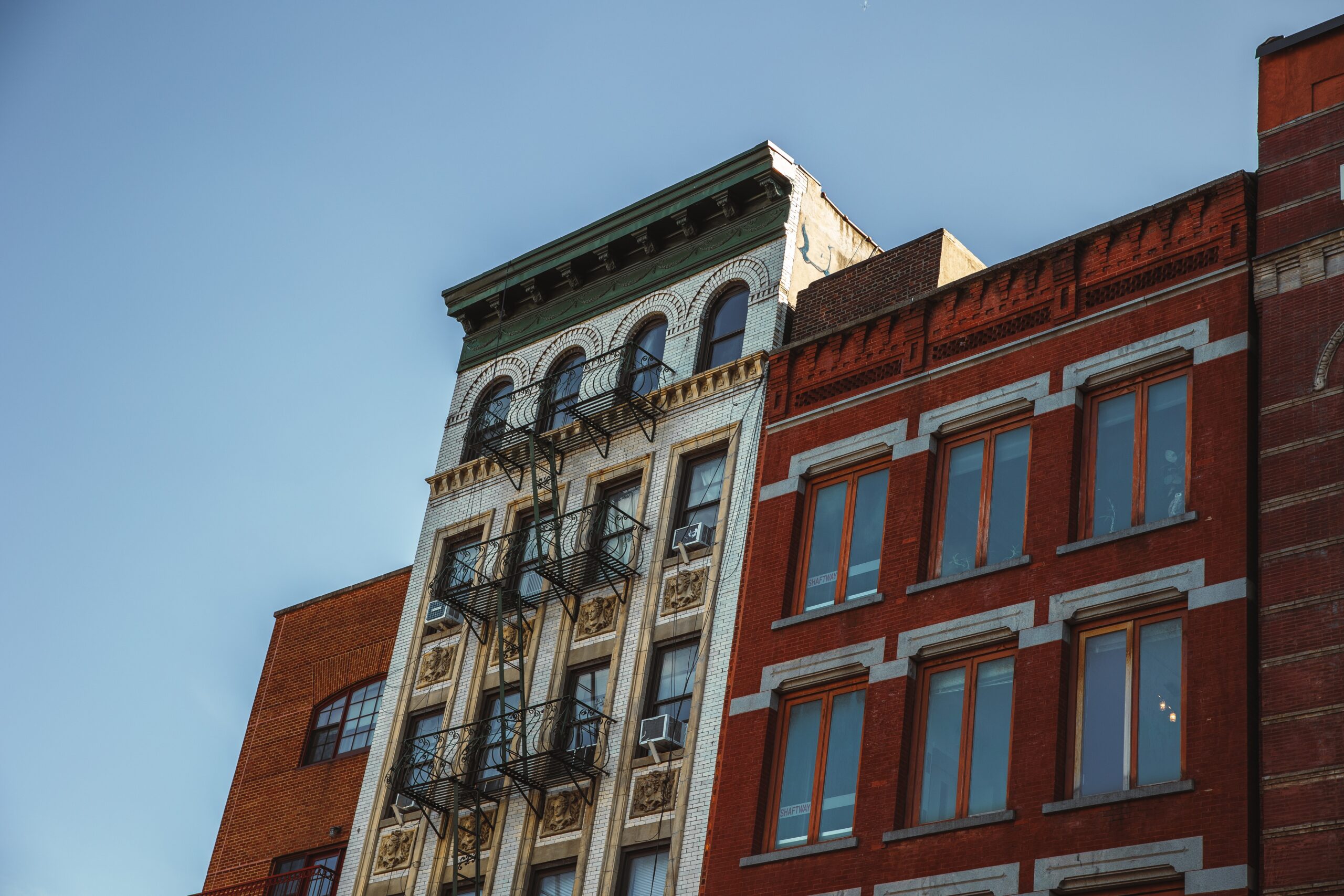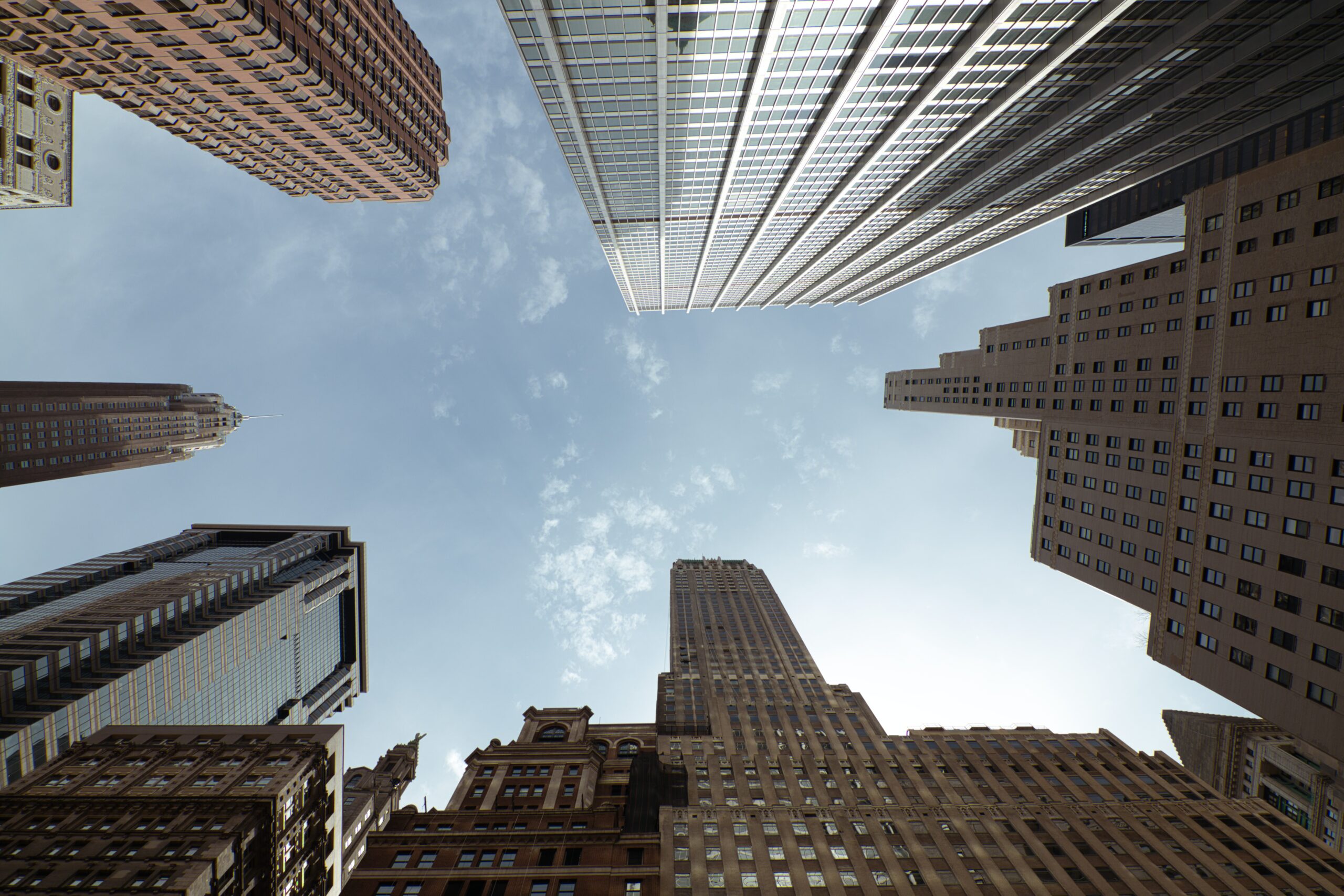Renting an apartment in New York City is expensive, but there are two types of rent regulations which help keep costs lower in certain buildings: rent-stabilized and rent-controlled. While most people cannot rent a rent-controlled unit, they may come across a rent-stabilized apartment.

Rent Stabilized
A rent-stabilized unit usually lies in a building that was built before 1794 that has at least six units. Additionally, a rent-stabilized unit is not a condo or co-op. In a rent-stabilized unit, a tenant’s rent can only increase at a certain percentage, which stops landlords from drastically increasing a tenant’s rent year to year. Rents need to fall under a certain price to qualify for rent stabilization. If a tenant moved into a rent-stabilized unit between January 1, 2019, and June 23, 2019, that rent cannot exceed $2,774.76.
If a tenant leaves the apartment, the unit remains under rent stabilization. However, the landlord can raise the new starting rent by 20% to start the new tenant at a higher price.
While landlords may not advertise a rent-stabilized unit, you can look at the building’s build date, the rent price, and the lease to determine if it is a rent-stabilized unit. A lease for a rent-stabilized apartment should include a rider that states the financial concession to the rent.
Recent changes
On June 21, 2022, the Rent Guidelines Board of NYC voted to raise rent increase percentages in rent-stabilized buildings. The board justifies the increase due to higher inflation rates in the city, saying landlords need more money to operate their facilities as expenses increase.
Under the new guidelines, one-year leases commencing on or after October 1, 2022, and on or before September 30, 2023, will increase rents at a rate of 3.25%. Two-year leases commencing on or after October 1, 2022, and on or before September 30, 2023 will increase rents at a rate of 5%.
Find A Rent-Stabilized Building
If you’re looking for a rent-stabilized building, refer to the Rent Guidelines Board’s list of buildings with rent-stabilized units. Scroll almost to the bottom to access lists of buildings by the borough.
Some rent-stabilized buildings across the city include:
Manhattan
330 East 49th Street, Turtle Bay
309 East 90th Street, Upper East Side
971 Amsterdam Avenue, Upper West Side
Brooklyn
147 Montague Street, Brooklyn Heights
824 Lexington Avenue, Bedford-Stuyvesant
3440 Guider Avenue, Brighton Beach
Queens
191-12 Station Road, Flushing
27-18 Hoyt Avenue South, Astoria
50-22 40th Street, Sunnyside
Bronx
2769 Matthews Avenue, Olinville
2161 Barnes Avenue, Pelham Parkway
2120 Tiebout Avenue, Fordham Heights
Staten Island
500 Howard Avenue, Grymes Hill
107 Arlo Road, Grymes Hill
166 Vanderbilt Avenue, Clifton
Rent Controlled
Modern renters looking for an apartment are unable to get a rent-controlled unit. After WWI, NYC experienced a severe housing shortage, leading to higher rent strikes. The city developed rent-controlled units to combat the high rents and make renting easier for tenants. Currently, there are only 14,600 rent-controlled units, primarily occupied by elderly residents with low incomes.
A rent-controlled unit is one where a tenant rented the unit before 1971 in a building built before 1947. Tenants experience minor price hikes, where they should currently pay prices similar to what they paid in 1971. However, the city evaluates the maximum based rent (MBR) for a unit every two years, and landlords may be able to hike a tenant’s rent no more than 7.5% annually to bring them to their MBR.
While a you cannot deliberately seek out a rent-controlled unit, units can pass down between family members under certain conditions. A family member who lives in the rent-controlled unit with the primary tenant for two years before their death can take over the unit as the primary renter under the controlled price. Other than that, you likely have little chance of acquiring this rare type of unit.









